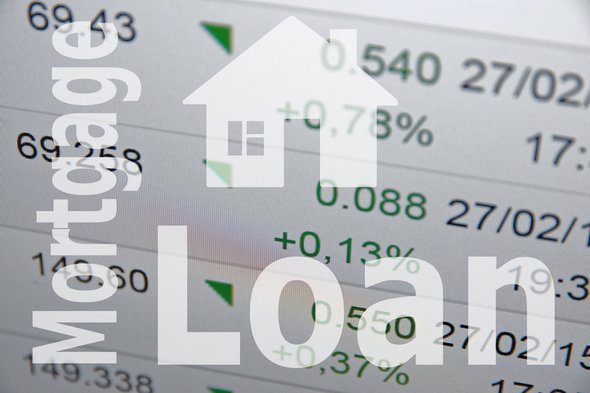
When you finance a home with a mortgage loan, you and your lender do business on the primary mortgage market. But there is a secondary market by which the lender recoups the entirety of the funds it lent you by going through outside investors. These investors drive interest rates and underwriting standards to an even greater degree than the initial lender does. A basic understanding of secondary markets can help anyone considering a mortgage. And if you’re looking for a trusted guide to help you through the process, use SmartAsset’s financial advisor matching tool to get paired with a fiduciary financial advisor.
Mortgage Loans Are Packaged and Sold

When a mortgage loan funds, it gets pooled with other mortgages of the same rate and term. For example, all 30-year fixed mortgages at 4.25% would end up lumped together. A bigger lender will create a pool of their own loans that fit specific criteria. Smaller lenders may join in a pool with each other.
Then, lenders package a loan group as a mortgage backed security (MBS) and sell it to an investor. The largest mortgage investors are Fannie Mae and Freddie Mac. They set guidelines for how the loans they buy should be underwritten. A pool of loans that meets Fannie or Freddie guidelines gets sold in whole to the government-backed entities.
MBS pools can also consist of loans that do not fit Fannie Mae or Freddie Mac guidelines, like jumbo loans. Hedge funds or private investors buy those kinds of MBSs. It’s common for a single MBS to have multiple investors, similar to how a stock has many owners.
Private equity purchases of MBSs were common leading up to the financial meltdown of the subprime mortgage market from 2007 to 2008. Since then, however, private equity has been mostly absent from the secondary mortgage market. In fact, the federal government invests in over 90% of mortgages in the U.S. Again, this is done primarily via Fannie Mae and Freddie Mac, though the FHA and VA are involved as well.
Mortgage Investment vs. Mortgage Servicing
It’s important not to confuse the selling of mortgage backed securities with the selling of loan servicing. Often, you get your mortgage through a lender or broker. Then, after closing, you make your payments to another company. This is typically a larger bank like Chase or Wells Fargo. This second bank purchased the servicing rights to your loan, but did not finance the full amount. The financing still came from the secondary market, whether from Fannie Mae, Freddie Mac or another source. The investor pays the servicer for collecting the loan payments. Then the investor receives the interest income on the loan.
A mortgage backed security works the same way as a traditional bond. The rate moves inversely to the price. In other words, a higher rate MBS pays more to the investor, who sees it as more likely to pay off early through a refinance. On the other hand, a lower rate mortgage, while paying less, is more likely to be held all the way to maturity. For this reason, a mortgage servicer sees a lower rate mortgage as a more valuable asset, due to the low chances of an early payoff. Any time a loan pays off, the servicer loses the fee income from the investor.
Competition and Risk in the Secondary Mortgage Market

When private investors bring mortgage loans onto the secondary market, competition and risk become a much larger part of the game. They begin to drive mortgage rates and fees. For example, if you have a loan with a low credit score, a lender perceives you as risky. Because of this, the lender will charge higher rates and fees in order to attract investors.
Mortgage rates fall in the balance between what a borrower can afford to pay for his or her loan, and what the investment community is willing to accept as a return on investment (ROI). After the subprime mortgage crisis, individual investors grew unwilling to risk their capital on mortgage backed securities with low rates. As a result, the Federal Government stepped in to fill the void in the secondary mortgage market. This prevented rates from skyrocketing to a place where hardly anyone could afford to own a home. It remains to be seen whether the government will be able to gracefully exit the mortgage market and private investment can return to fill the void.
Tips for Buying a Home
- Before you delve too deep into looking for a second home, you should get an idea as to what you can afford to spend. SmartAsset’s home affordability calculator makes figuring this out infinitely simpler. All you need to know to use it is the location of the home, your marital status, your annual gross income, the size of your down payment and your current debt levels.
- If you have further questions about the secondary home market, don’t hesitate to consult a financial advisor. SmartAsset’s financial advisor matching tool makes it easier to find an advisor who meets your needs. First, you’ll answer a series of questions about your current financial situation and goals. Then the program will narrow down your options to up to three advisors who suit your needs. You can then read their profiles to learn more about them, interview them on the phone or in-person and choose which one to work with in the future. This allows you to find a good fit while the program does much of the hard work for you.
Photo Credit: ©iStock.com/G0d4ather, ©iStock.com/simarik, ©iStock.com/TerryJ